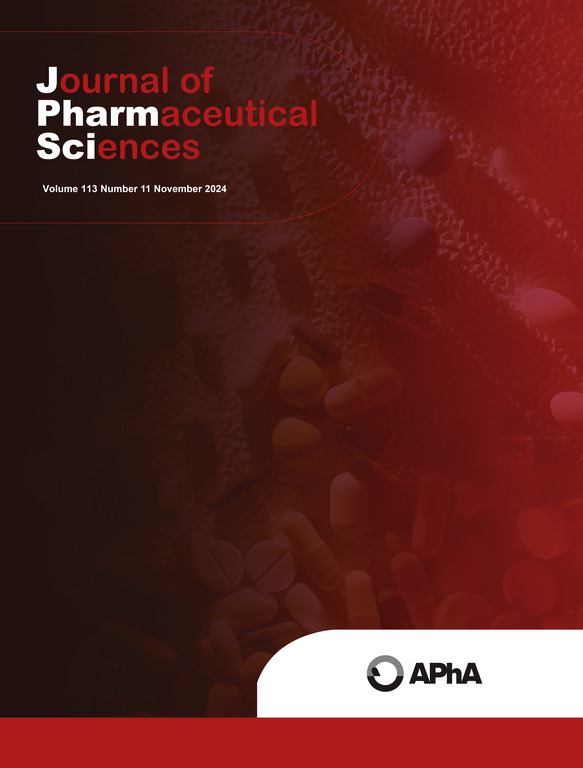Application of one-class classification using deep learning technique improves the classification of subvisible particles
IF 3.7
3区 医学
Q2 CHEMISTRY, MEDICINAL
引用次数: 0
Abstract
Capturing subvisible particles using flow imaging microscopy is useful for evaluating protein aggregates that may induce immunogenicity. Automated labeling is desirable to distinguish harmless components such as silicone oil (SO) from subvisible particles. The one-class classifier, which requires only target class data for model establishment, is suitable for machine learning and proposes a useful solution for distinguishing a subject with heterogeneous but stable distributions, such as SO. However, the effectiveness of the application of one-class classifiers to subvisible particles remains unclear. In this study, we investigated whether deep learning techniques can improve the performance on a variety of images. We prepared datasets using SO and two types of protein aggregates: immunoglobulin G-derived aggregates (AggIgG) and albumin-derived aggregates (AggAlb). The deep-learning technique improved the classification scores for both AggIgG and AggAlb. The classification scores for AggIgG were more satisfactory than those for AggAlb. Cluster analysis revealed that one-class classification using deep learning techniques achieved excellent effectiveness across almost all clusters in classifying AggIgG. Collectively, the deep learning technique remarkably improved the one-class classification of subvisible particles of AggIgG and AggAlb. Combined with deep learning, one-class classification can contribute to the evaluation of subvisible particles, particularly for AggIgG.
利用深度学习技术的单类分类改进了对不可见粒子的分类。
利用流动成像显微镜捕获亚可见颗粒对于评估可能诱导免疫原性的蛋白质聚集体是有用的。自动标签是理想的,以区分无害的成分,如硅油(SO)从不可见的颗粒。单类分类器只需要目标类数据来建立模型,适合于机器学习,并为区分具有异构但稳定分布的主题(如SO)提供了有用的解决方案。然而,单类分类器应用于亚可见粒子的有效性尚不清楚。在这项研究中,我们研究了深度学习技术是否可以提高各种图像的性能。我们使用SO和两种类型的蛋白质聚集体:免疫球蛋白g衍生聚集体(AggIgG)和白蛋白衍生聚集体(AggAlb)准备数据集。深度学习技术提高了AggIgG和AggAlb的分类分数。AggIgG的分类评分较AggAlb更令人满意。聚类分析表明,在对AggIgG进行分类时,使用深度学习技术的单类分类在几乎所有聚类中都取得了优异的效果。总的来说,深度学习技术显著提高了AggIgG和AggAlb的亚可见粒子的一类分类。结合深度学习,单类分类有助于评估亚可见粒子,特别是对于AggIgG。
本文章由计算机程序翻译,如有差异,请以英文原文为准。
求助全文
约1分钟内获得全文
求助全文
来源期刊
CiteScore
7.30
自引率
13.20%
发文量
367
审稿时长
33 days
期刊介绍:
The Journal of Pharmaceutical Sciences will publish original research papers, original research notes, invited topical reviews (including Minireviews), and editorial commentary and news. The area of focus shall be concepts in basic pharmaceutical science and such topics as chemical processing of pharmaceuticals, including crystallization, lyophilization, chemical stability of drugs, pharmacokinetics, biopharmaceutics, pharmacodynamics, pro-drug developments, metabolic disposition of bioactive agents, dosage form design, protein-peptide chemistry and biotechnology specifically as these relate to pharmaceutical technology, and targeted drug delivery.

 求助内容:
求助内容: 应助结果提醒方式:
应助结果提醒方式:


